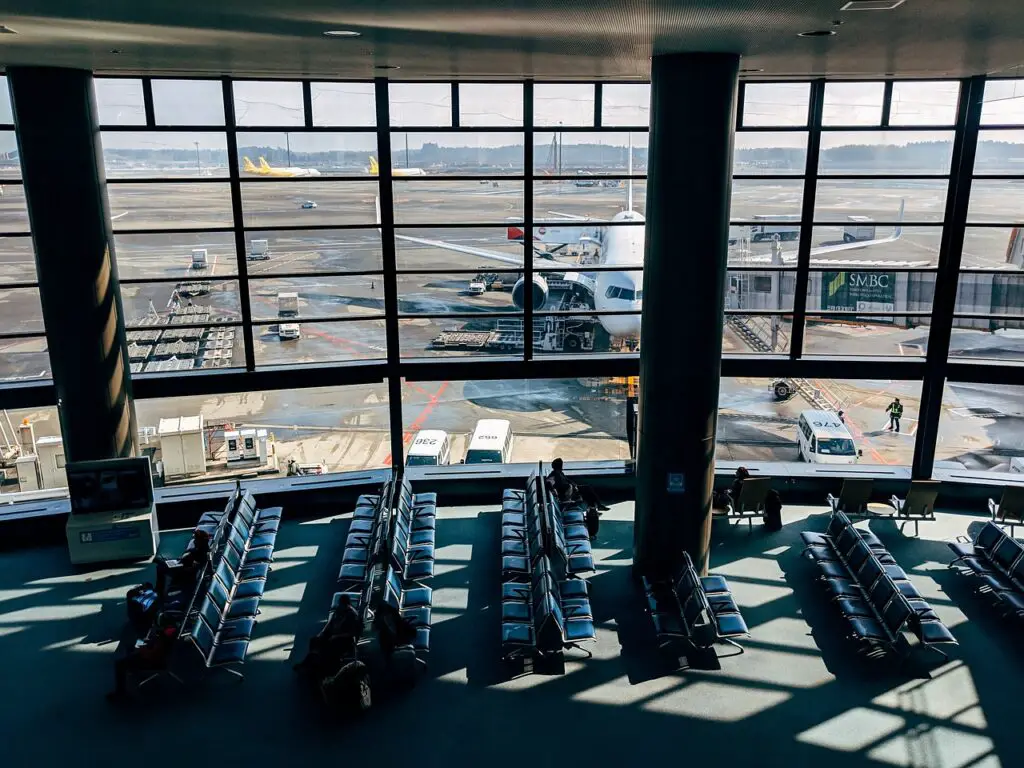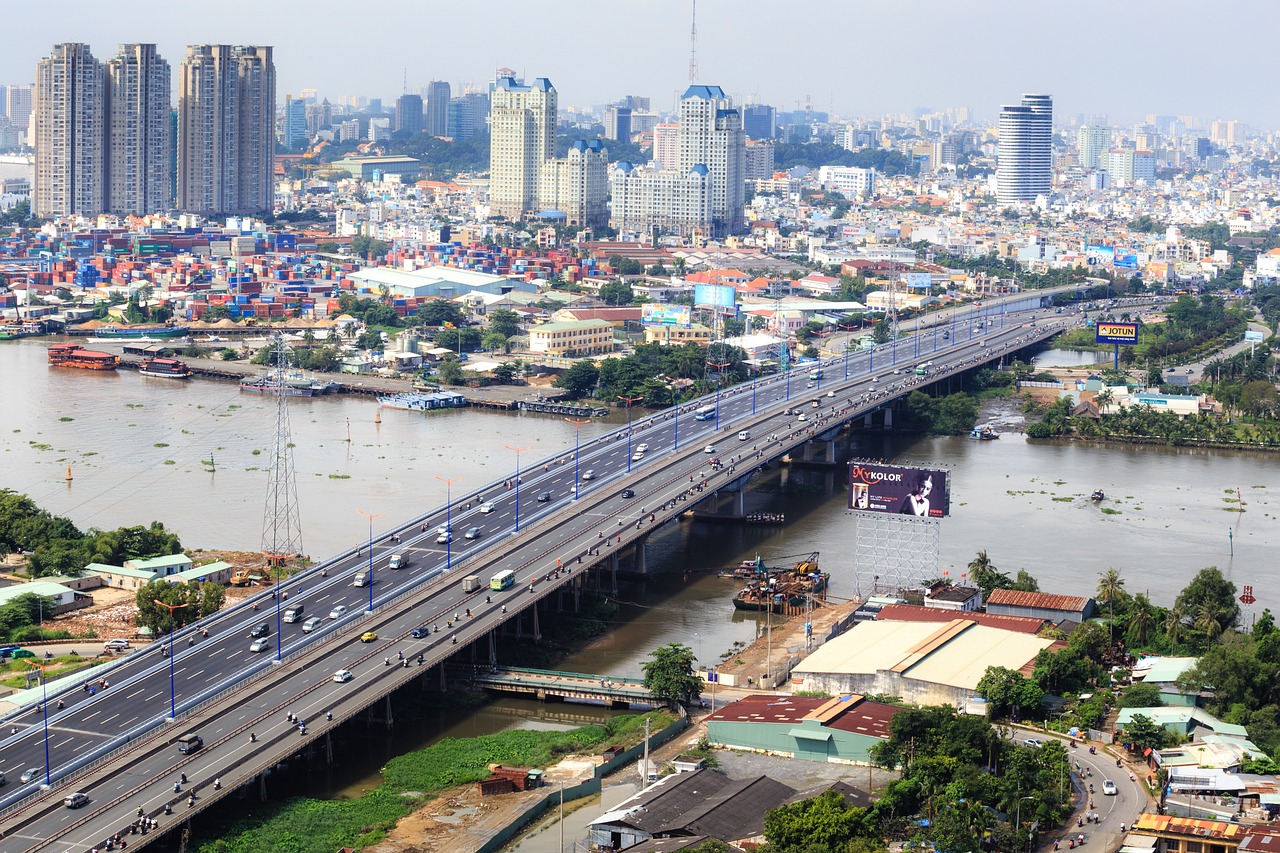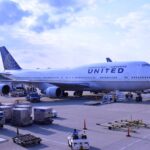Creating a list of the 15 worst airlines for customer satisfaction involves a combination of factors, including but not limited to, on-time performance, quality of in-flight services, customer service responsiveness, baggage handling, and overall passenger experience. It’s important to note that airline performance and customer satisfaction can vary widely based on geographic region, the time of year, and even ongoing global events that might affect travel. This article will attempt to provide a general overview, acknowledging that specific rankings can change over time and may differ based on different sources and methodologies for measuring customer satisfaction.
Introduction
In the world of air travel, not all experiences are created equal. While many airlines strive to offer a pleasant journey, others fall short in meeting passengers’ expectations. Factors contributing to lower customer satisfaction can range from frequent delays and cancellations to poor in-flight services and unresponsive customer support. Based on various consumer feedback and industry reports, here is a ranking of the 15 worst airlines for customer satisfaction.
Ranking Criteria
The ranking is based on a combination of factors, including:
On-time Performance: The frequency of delays and cancellations.
In-flight Services: Quality of food, entertainment options, and comfort.
Customer Service: Responsiveness and helpfulness of the airline staff.
Baggage Handling: Frequency of lost or delayed baggage.
Overall Passenger Experience: General satisfaction with the travel experience.
The 15 Worst Airlines for Customer Satisfaction
Airline A
Known for frequent delays and a high rate of cancellations, Airline A struggles with on-time performance, significantly impacting passenger satisfaction.
Airline B
While offering competitive ticket prices, Airline B’s lack of in-flight amenities and uncomfortable seating detract from the overall travel experience.
Airline C
Poor customer service and unresponsive support lines have left many passengers of Airline C feeling frustrated and underserved.
Airline D
Reports of mishandled baggage and lost luggage are all too common with Airline D, adding stress and inconvenience to the travel experience.
Airline E
Airline E’s outdated in-flight entertainment system and lackluster food options leave much to be desired, especially on long-haul flights.
Airline F
With a cramped seating arrangement and limited legroom, Airline F’s comfort level falls short compared to competitors.
Airline G
Frequent technical glitches in the booking process and mobile app have made pre-flight preparations frustrating for Airline G’s passengers.
Airline H
Airline H’s inconsistent flight schedules and propensity for last-minute changes have made it unreliable for travelers with tight schedules.
Airline I
Despite a decent in-flight service, Airline I’s high rates of cancellations and delays overshadow the positive aspects of the journey.
Airline J
Airline J’s overbooking practices have frequently led to passenger bumping and compensation issues, eroding trust and satisfaction.
Airline K
Poorly managed boarding processes and long wait times at check-in have been notable pain points for passengers of Airline K.
Airline L
A lack of transparency in ticket pricing and hidden fees have left customers of Airline L feeling misled and unfairly charged.
Airline M
Airline M’s aging fleet and maintenance issues not only affect safety perceptions but also contribute to its poor on-time performance record.
Airline N
With one of the lowest rankings in customer service responsiveness, Airline N’s passengers often feel neglected and dissatisfied with the resolution of their issues.
Airline O
Topping the list, Airline O combines the worst elements of delayed flights, poor customer service, uncomfortable seating, and frequent baggage issues, making it the least favored among passengers for customer satisfaction.
This ranking underscores the challenges some airlines face in meeting customer expectations. Travelers are encouraged to research and consider airlines’ performance on these critical aspects before booking. While this list reflects a general perspective, experiences can vary, and airlines may have taken steps to improve their services. Always check recent reviews and feedback for the most current information.
As the airline industry continues to evolve, customer satisfaction remains a pivotal factor in an airline’s success and reputation. Airlines at the bottom of customer satisfaction rankings often face significant challenges in a highly competitive market. Addressing these challenges requires a focused effort on improving operational efficiency, investing in customer service training, and enhancing the overall passenger experience.
Strategies for Improvement
For airlines looking to improve their rankings and customer satisfaction, several strategies can be effective:
Invest in Technology: Implementing modern technology can help airlines improve on-time performance, streamline the check-in process, and enhance in-flight entertainment options.
Focus on Customer Service: Training staff to be responsive, empathetic, and proactive in dealing with customer issues can significantly impact overall satisfaction.
Enhance Comfort: Upgrading seating options and ensuring a comfortable in-flight experience can make a difference, especially for long-haul flights.
Improve Communication: Keeping passengers informed about flight statuses, delays, and what is being done to resolve issues can alleviate frustration and build trust.
Solicit and Act on Feedback: Regularly gathering customer feedback and actively working to address common complaints shows commitment to improvement.
The Importance of Customer Satisfaction
In an era where social media and online reviews can significantly influence consumer choices, the importance of customer satisfaction cannot be overstated. Airlines that consistently rank poorly in customer satisfaction risk not only losing current customers but also deterring potential customers. Conversely, airlines that listen to their passengers and strive to improve their services can see substantial benefits in loyalty, reputation, and ultimately, profitability.
Looking Forward
For travelers, choosing an airline is often a balance between cost and comfort. While budget airlines may offer attractive prices, the overall travel experience can sometimes leave much to be desired. On the other hand, some airlines manage to offer competitive prices without sacrificing service quality, highlighting that cost-cutting does not necessarily have to come at the expense of customer satisfaction.
As the airline industry adapts to changing consumer expectations and the post-pandemic travel landscape, we may see shifts in these rankings. Airlines that invest in their customers’ experience and value feedback will likely climb in satisfaction rankings, while others may continue to struggle. The message is clear: in the competitive world of air travel, customer satisfaction is an invaluable asset that airlines cannot afford to overlook.














